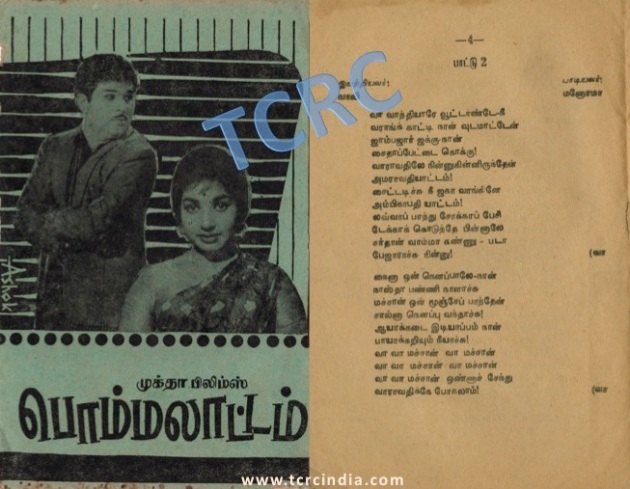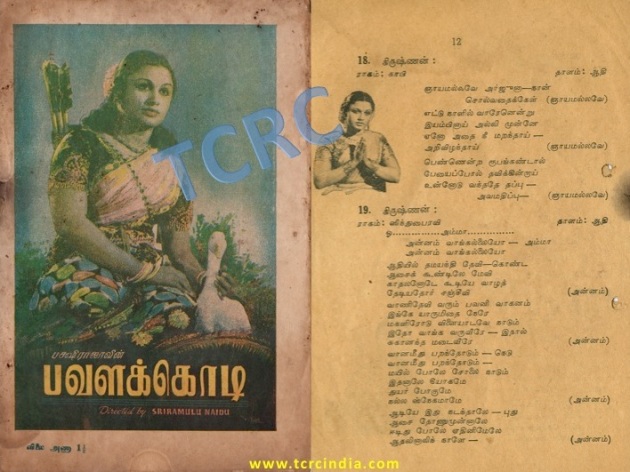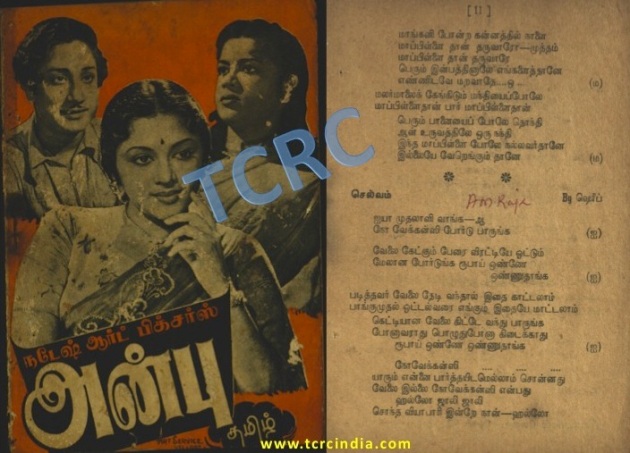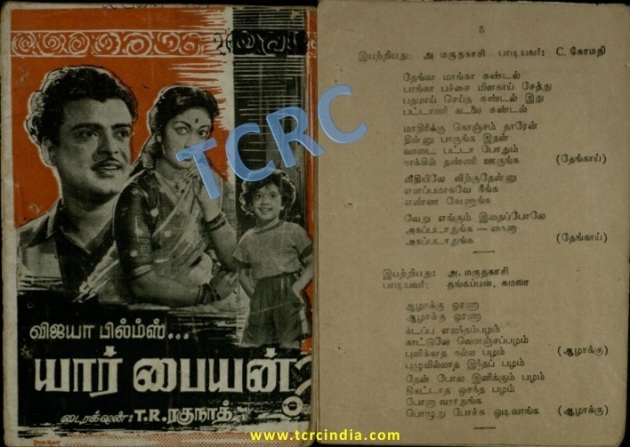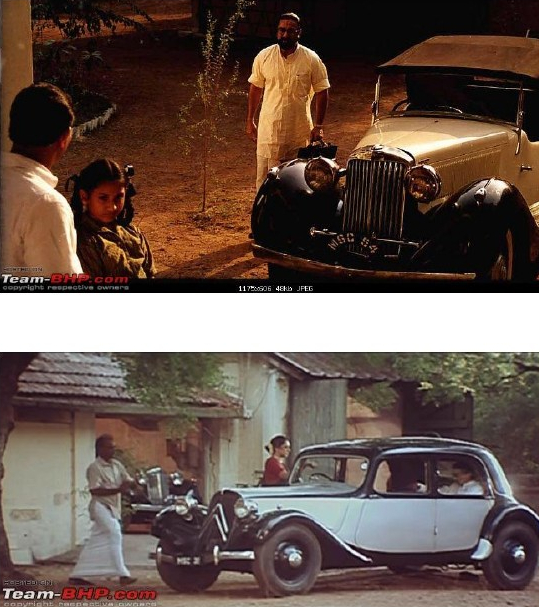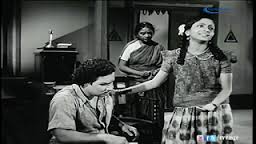By P.V. Gopalakrishnan
The human society has inherited drinking from time immemorial. But when a person drinks considerably over a long time period & has difficulty cutting down, such condition could result in shirking from responsibilities, social problems, health issues & risky situations. Alcoholism, in short, implies alcohol abuse having to do with mental or physical health problems. Therefore, the society is by and large shy of acknowledging drinking, even as people go unabated in taking to drinks. This is in real life.
Our films too routinely deal with story subjects involving alcohol, with a message in some. Thus Tamil cinemas have had their heroes drinking like a fish – owing to the character’s trouble ridden life – in typical situations such as love failure, encountering bad economic situations and so on. Most of our cine heroes have had to grab a bottle on screen before the whirring camera, on some pretext or other, dependent upon the script and the director.
But in earlier films such characters were far too few when compared to the intoxicated characters in later movies.
‘Devadas’ (1953) had a subject of the Hero taking heavily to drinking alcohol after his ex-love deserts him owing to certain circumstances. This was one of the early Tamil films where alcoholic hero was perhaps prominently featured.
‘Kalathur Kannamma’ (1959), produced by AVM, had a song ‘Arugil vanthaal’ in the voice of A.M.Raja as Gemini Ganesan, enacted as a drunken man post his skirmishes with her lady love.
Modern Theater’s Vanna Kili (1959) had a very popular song sequence ‘Adikkira kai thaan anaikkum’ (voices: Tiruchi Loganathan & P.Susheela), excellently picturised by Director T.R.Ragunath. It featured ‘Poochie’, a habitual wife beating drunkard village toughie played by R.S.Manohar & his screen wife played by B.S.Saroja. Of course, the song had some deep meaning lines.

Song book of Vannakili with the page containing the song ADIKKIRA KAI THAAN ANAIKKUM PC: From the archives of TCRC
In Pana Thottam (1963), starred by MGR & Saroja Devi too there was a scene where the hero & heroine mimic as drunk in a popular duet song sequence ‘Javvadu medai ittu’. However, MGR never played any screen character with vices in his meticulously orchestrated path of portraying himself as ‘Unga veettu pillai’ which went a long way in his carefully projected image as people’s Hero.

Song book of Pana Thottam with the page containing the song JAVVADU MEDAI ITTU PC: From the archives of TCRC
The movie ‘Vasantha Maligai’ (1972), which was later remade as ‘Prem Nagar’ (1974) with Rajesh Khanna, also had its hero Anand a rich, alcoholic playboy character donned by the late legend Sivaji Ganesan.
In Salangai Oli (1983), Kamal Hassan played a classical dancer cum critic who becomes an alcoholic owing to a broken love affair. In Kaakki Sattai (1985), the song “Namma Singaari sarakku nalla sarakku, summa gummunu erudhu kicku enakku” was too picturised on Kamal Hassan. Another alcoholic hero was featured in Uyarntha Ullam (1985), by Kamal Hassan, as a spoilt young man with a huge inheritance, boozing away his awake hours and gambling with his peers. The ‘club’ songs such as ‘Elamai idho idho’ (Sakalakala Vallavan, 1982); & ‘Aasai nooru vagai’ (Adyta Varese, 1983) became instant hits.

Working Still from the Film SAKALAKALA VALLAVAN for the song ELAMAI IDHO IDHO PC: From the archives of TCRC
In contrast to all the above characters, he advocated prohibition in Unnal Mudiyum Thambi (1988).
Sivakumar, in the role of an upright classical musician turned alcoholic in the cult movie Sindhu Bhairavi (1985) had this song, ‘Thanni thotti thedi vantha’ rendered by Yesudas, depicting how a person degenerates as an addict.
‘Padikkathavan’ (1985) too had the character played by Rajnikant often visiting liquor shop, reeling out empathy seeking songs like ‘Oorai therinju kitten’
In earlier cinemas, the drunk hero was afforded ample opportunities in displaying various emotions and were designed to draw audience empathy to him, despite his drinking habit, as the script embedded logic in the story, to justify their intoxication. The hero visiting a ‘club’ or the sinister looking villains in his den with his female sidekicks – took to drinks. Almost all the heroes had played such roles in our films.
But as the society outgrew the old morals & gradually shed its taboo against drinking & smoking, such urbane ideas slowly seeped into films too. And soon, the acceptance levels of a drinking and smoking hero drastically went up. They did not bother whether the script overtly needed such scenes or not! It just started looking okay to drink on screen. So this trend clearly established less demarcation between good and bad screen characters. Thus, every leading hero was shown with the booze bottle or a cigarette in some sequences, even as heroes.
Down the years, there have been too many such film characters that routinely consumed liquor on screen, either to drown their worries or to acquire enough courage to do things they would otherwise abstain from when sober! Audience took no serious objection to this.
Prabhu Deva and his cronies sang as to how it never mattered if they drank and then ate, in Ninaivirukkum Varai (1999). Simbu and associates had drinks on the roadside in Silambattam, 2008. Vikram as the stern cop drank even on duty as an undercover (Saamy, 2003). Surya in Vaaranam Aayiram (2008) pined for his dead lover (Sameera Reddy) by appearing before his father utterly intoxicated. The most controversial of them all was a song sequence ‘kadhal en kadhai’ by Dhanush in Mayakkam Enna (2011), as he sang about love and loss, amidst intoxication.
As such, songs that appeared to uphold drinks, as the ultimate solution to every hero’s problems, have been firmly in place for quite some time now.
As per Film historian Theodore Baskaran, “The traditional attitude in Tamil cinema is to consider liquor as an anti- depressant to life’s problems, which is misleading. Very few films like Dikkatra Parvathi [1974] espouse an anti-drinking message”.
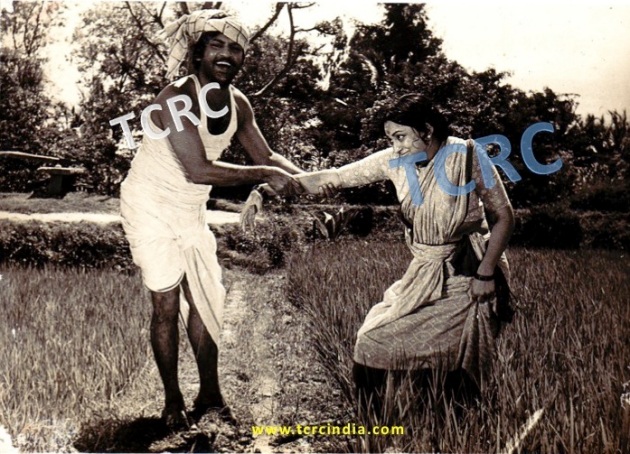
Working Still from the Film DIKKATRA PARVATHI PC: From the archives of TCRC
While the earlier cinemas were very permissive in allowing men to take to drinking, as for a female character with their own issues, it depicted them on screen as simply settling for sulking or scurrying to their bed to sob eternally, but not resorting to bottle. The Hindi films started showing inebriated young women with their wine glasses or beer bottles while their counterparts in Tamil Cinema were largely depicted as refraining from liquor, as it is believed that women and ‘thanni’ simply did not go hand in hand.
But this trend too slowly changed and there were umpteen exceptions, to this belief.
Kanavane kan kanda Deivam (1955) had a popular song & dance sequence, ‘Unnai kaN theduthe’ sung by P. Suseela, where the character in the movie is shown in a inebriated state, complete with hiccups, while cleverly avoiding any other suggestive props such as bottles and bars. (P.Bhanumathi is said to have rendered & acted originally this song. Later, on her ceasing to be part of the film, the song was re-recorded in the voice of the then new comer P. Susheela. As per Randor Guy, the hiccup sounds made by Bhanumathi was, however, retained in the version by Susheela.)

Working Still from the Film KANAVANE KAN KANDA DEIVAM for the song UNNAI KAN THEDUTHE PC: From the archives of TCRC
There were also other occasional women characters that were not chastised for on screen drinking. Of the few women’s drinking scenes, In Puthiya Paravai (1964), Sowcar Janaki was shown coming home drunk to her husband, along with her boyfriend.
There have been, since, more instances of women & drinks in Tamil movies, few of which are cited below.
Revathi’s character in Marupadiyum (1993), where she drinks at a party to drown her sorrow over the affair of her spouse; Then there was Sneha’s role in Pammal K. Sambandam (2002), where she informs her spouse that she is his “better half” and so could claim half share of his whisky; Reema Sen and Andrea Jeremiah getting kinky along with Karthi, as they explore to find out the missing Chola empire, in the movie Aayirathil Oruvan (2010); Vasundhara who downs plenty of beer in a pub purges on the hero, in Sonna Puriyathu (2013); In ‘Jeeva’ (2014) two school going girls are caught red handed by their neighbor boy for consuming drinks and confronts them with a dialogue ‘pombalaiya irunthuttu wine sapidalama?’ (SIC) and more recently, Nithya Menon, in Oh Kadhal Kanmani (2015), who consumes liberal vodka despite Dulquer warning her to go slow.
We are not trying to be judgmental here about the morality of such ‘spirited’ scenes in our films. Some times they are apt to screen play & its character but some times they are not. But then filmmakers always claim that they reflect the real life. On the other hand, it may also be that the society often draws reference from films.
I thought, the audience pays as little attention, to the statutory warning about these vices appearing briefly at the bottom of the screen, as they would to the Safety Demo on board a flight!
Ultimately, it is all about changes brought out by the new generation, as Vairamuthu wrote in the film Pudhu Kavithai, “Thalai muRaigalum maaRumpothu nadaimuRaigalum maaRume”!






